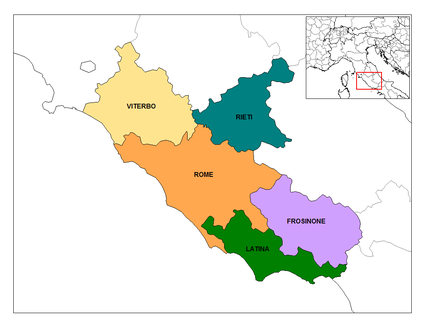
Lazio region
Three cases of Chikungunya in Lazio, blocked blood donations
sept 8, 2017
There are three confirmed cases and none of them had traveled in the weeks prior to the contagion. Take prevention measures
After the recent malaria case, attention is now shifted to Chikungunya, a feverish disease transmitted from infected mosquitoes to which three people were positive in Anzio, a center overlooking Tyrrhenian Sea, about 50 kilometers south of Rome. To confirm it is the Higher Health Institute.
None of the three people traveled to areas at risk in the weeks prior to the infection, which prompted the authorities to believe they had been hit in the area. Measures have been taken to prevent the spread of the virus, which is also transmitted via blood transfusions and, in this regard, the National Blood Center has recommended Anzio residents to stop any blood donations.
Even those who have been in the area since early August will not be able to donate blood for the next 28 days, and in the meantime a bulletin has been tabled asking the collection units to deepen the history of the donors.
The Lazio region imposed on the municipality of Anzio to proceed with the protocols of disinfestation, with the support of the Higher Health Institute which had attached the bait.





Comment